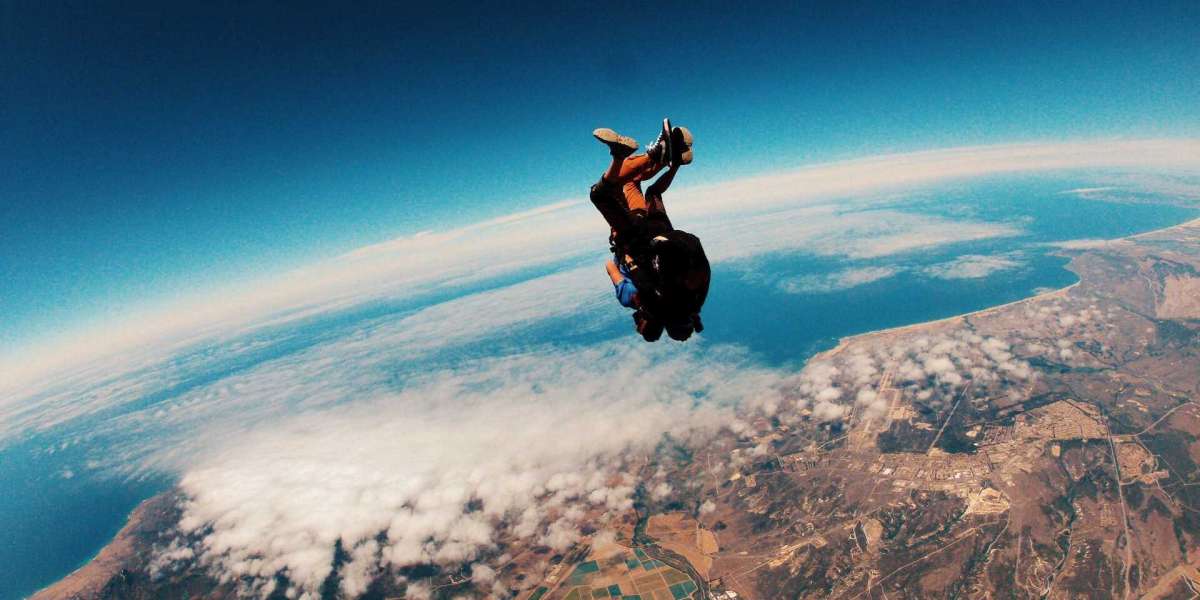Are you interested in sky diving but unsure of where to begin? You should use this manual. You will be guided thoroughly through all the crucial learning processes.
However, there are a few things you should become familiar with for a better learning experience before you start learning how to dive.
The Things You Should Know Before Learning Sky Diving
• Ignore the negative advice of others. Skydiving is not difficult. All you need is commitment and desire. Some people learn how to skydive more quickly than others due to factors including age, co ordination, and fitness.
• For individuals who struggle to position their body correctly for a secure free fall, indoor skydiving works like magic to accelerate the learning process.
• First-timers might want to think about doing a tandem skydive. It's a great way to start skydiving.
• Accelerated Free Fall is the technique used to teach non-pilots to fly (AFF). Free falls start to happen to students on their first try. The program includes seven skydives. Every skydive teaches you something new. After successfully completing the seven skydives, you advance from AFF to self-supervision.
• You must have finished the training, made more than 20 jumps, and passed the examinations to be granted a license.
You now have a clear idea of what to expect from skydiving thanks to the information above. Now we may start studying the art.
MORE ARTICLES
Errors That Lead to the Failure of New Habits
What You Need To Do To Start Your Email Marketing Campaign
Risks associated with the Keto Diet
A Step-by-Step Manual for Skydiving
Enroll in a Reputable Skydiving Training Facility as the first step.
As a beginner, the first step is to look for and enroll in a reputable sky diving school or trainer. You could get suggestions on trustworthy review websites or from seasoned skydivers.
An excellent sky diving training facility has knowledgeable, committed instructors. All you need to learn the art should be provided in the facility. Planes and skydiving gear are excellent examples.
Thorough Ground Training
First, you'll go through thorough ground training at your own pace with a skydiving instructor. If you are willing to put in the required effort, you learn quickly.
Learning about the gear used, how it functions, appropriate diving gear, safety, and how to jump and land on the ground are all part of ground training.
Do Your First Skydive
You practice on the ground before making the tandem jump. Together with one or two instructors, you leave the aircraft. While you are attached to the parachute, the instructors teach you certain fundamentals. They will then give you instructions on what to do while you descend.
You will receive instruction from the instructors on how to open and steer the parachute downward. Finally, the instructors assist you with safely landing at the chosen spot.

Develop Forward Flight
After your first dive and some foundational knowledge, the instructors will show you how to maneuver the parachute ahead. Only when your body is in the "delta" posture is it possible. Holding onto you, your instructors will demonstrate for you.
The completion of this phase requires numerous tries. The instructors fly you down once you've mastered the technique.
Acquire Control Over Turns
This is the stage where independence starts. The instructor lets you leave the aircraft first. When you are ready, they fly in front of you and demonstrate how to manage turns and hover steadily in the air. For easier and audible communication throughout this step, the trainer may employ certain communication technology.
Skydive from a Higher Altitude
The starting height for skydiving was roughly 4,500 feet. After you learn how to advance the parachute, control turns, and stabilize in the air, the instructors step up the training.
The plane soars to a height of almost 14,000 feet. The instructor will let go of you but fly in your front if they are confident in your stability. If not, they might hang onto you for a lot longer before you safely stabilize in the air.
Take a Solo Skydive
It is the action you do to exit alone. You'll have the courage to try it out because of all the practice in the earlier steps. This jump teaches you how to perform a 360-degree body turn. You should utilize the skills you've learned to regulate and guide your parachute to the drop zone once you've descended to about 3,500 feet.




Destiny Isaac 3 w
Noce